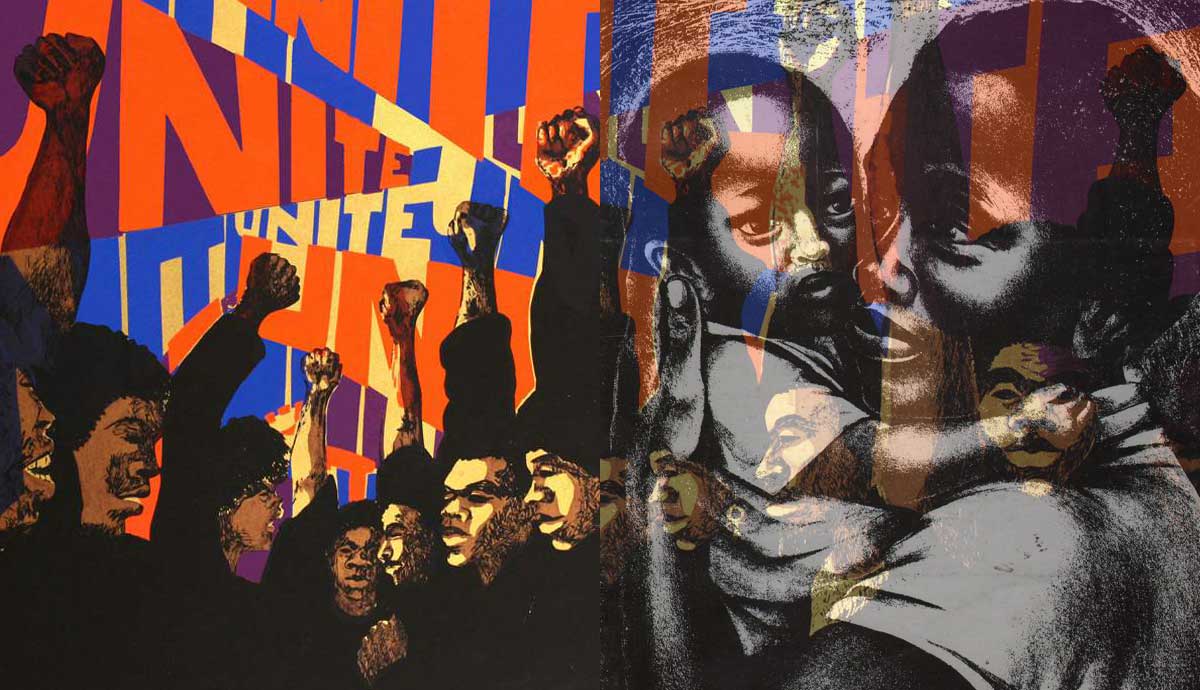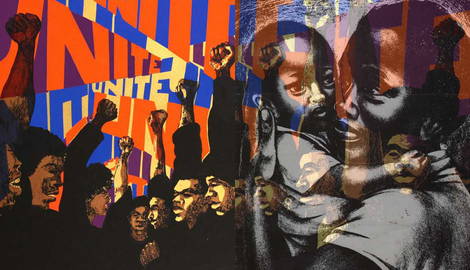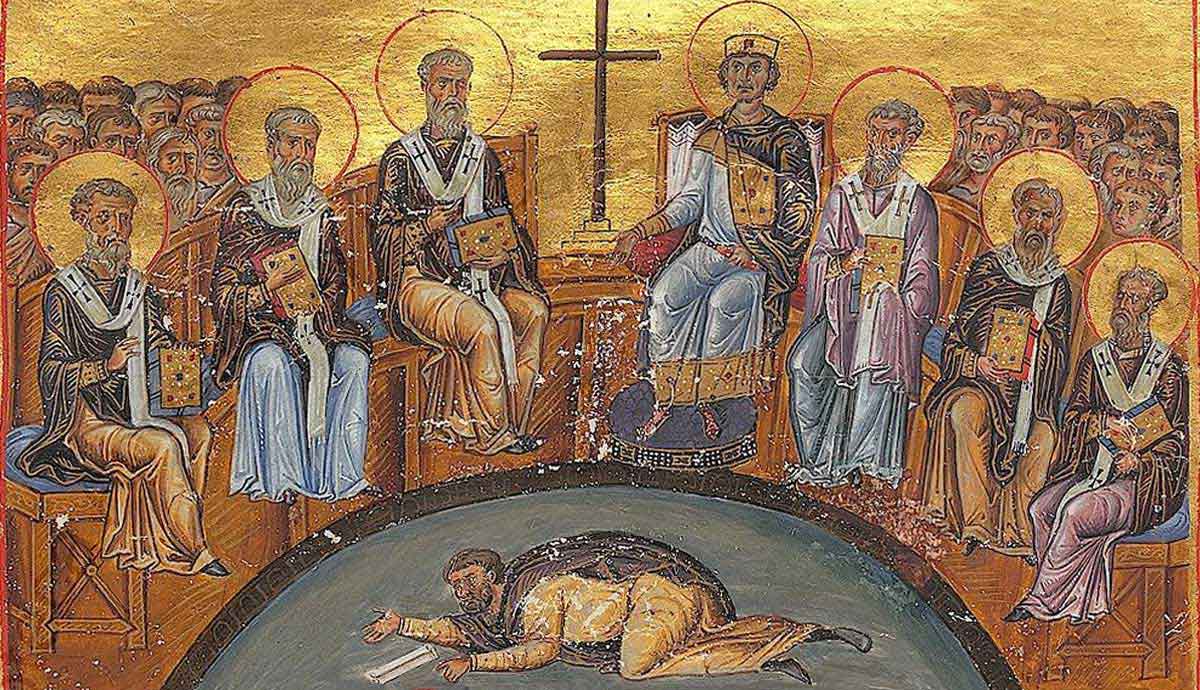
summary
- What was the Black Arts Movement: The Black Arts Movement (BAM) was a movement led by African Americans who used creative expression to examine identity politics and fight for freedom in the 1960s and 1970s.
- Background: The BAM was triggered by the deaths of Malcolm X, Martin Luther King, and Patrick Lumumba, as well as other civil rights issues.
- Poetry and theatre were the most impactful aspects of the BAM, with many poets performing their work during rallies and events.
- Artists: Artists like Amiri Baraka, Benny Andrews, Jeff Donaldson, Ben Hazard, Carolyn Lawrence, and Dinga McCannon contributed to the movement.
The Black Arts Movement (BAM) was a powerful movement of the 1960s and 1970s led by African Americans who examined the complex identity politics of being black in American society. Ideas expanded across drama, poetry, music, art, literature, and academia, merging elements of activism and political protest with creative expression, often with a direct, militant form of communication that sometimes veered into violence. While there was no one house style, poets and playwrights played with language in direct and uncompromising ways, while many black artists associated with the movement worked with collage, appropriation, photography, and printing. We take a brief look at the evolution of the movement.
The Black Arts Movement Began in 1965

Several significant events triggered the advent of the Black Arts Movement. Following the deaths of Malcolm X, Martin Luther King, and Patrick Lumumba, Black citizens and students mobilized and staged a series of uprisings in opposition to the ongoing issues surrounding racial discrimination and civil rights. Protestors also looked to the revolutions in China and Cuba, along with the independence movements in Asia and Africa, for messages of hope and empowerment. Poet LeRoi Jones—who renamed himself Imamu Amiri Baraka—founded the Black Arts Repertory Theatre in Harlem, which became a busy hub that organized poetry, playwriting, painting, and musical workshops and events. As such, Baraka became a father figure for the entire movement, which began in New York and later spread throughout Chicago, Illinois, San Francisco, Detroit, Michigan, and California.
The Movement Centered Around Poetry and Theatre

Poetry and theatre were the most potent and impactful aspects of the Black Arts Movement. Many poets had their work published through Black-oriented publishing houses, which celebrated both the work of older Black writers and emergent talent. They included Negro Digest and Third World Press in Chicago, and Lotus Press and Broadside Press in Detroit. Poetry was also popular because it could be performed during rallies and events, and their attention-grabbing, rhythmic approach has gone on to influence many performers and rappers since. Meanwhile, in Baraka’s theatre and other similarly socially engaged spaces, free events were staged where playwrights and performers could expose their ideas to an audience.
Art and Academia

Both art and academia were important elements of the Black Arts Movement. Some of the major artists of the movement include Benny Andrews, Jeff Donaldson, Ben Hazard, Carolyn Lawrence, and Dinga McCannon. In 1969, the first scholarly journal associated with the movement, titled The Black Scholar, was founded by Robert Chrisman and Nathan Hare.
The Black Arts Movement Was a Powerful Means of Black Expression

In essence, the Black Arts Movement was a means of empowerment for black people, in line with its political sister, the Black Power movement. Poet and publisher Haki Madhubuti wrote, “And the mission is how do we become a whole people, and how do we begin to essentially tell our narrative, while at the same time move toward a level of success in this country and in the world? And we can do that. I know we can do that.” However, their message of freedom fighting sometimes veered into violence, and some members of the movement were regarded to be racist, homophobic, anti-Semitic, and sexist, promoting an aggressive form of black male sexuality, meaning certain aspects of the movement are still shrouded in controversy.
The Movement Peaked During the 1970s

The 1970s were the pivotal era for the Black Arts Movement when it gained traction across much of the United States. But as the troublesome elements of the movement began to take hold, many of the group’s leading members, including Baraka, had moved away from black nationalism towards Marxism by the middle of the decade.
FAQs
Who is considered the father of the Black Arts Movement?
Amiri Baraka, born Everett LeRoi Jones in 1924, is widely considered the father of the Black Arts Movement. Baraka’s powerful and often controversial works challenged racial inequality and inspired a generation of Black artists to embrace their cultural identity and use their art as a tool for social change. His writings and speeches helped shape the aesthetic and political philosophy of the Black Arts Movement
Is the Black Arts Movement the same as the Harlem Renaissance?
While both the Harlem Renaissance and the Black Arts Movement were significant periods of Black artistic expression and cultural development, they are not the same. The Harlem Renaissance flourished in the 1920s and 1930s as an artistic and literary movement celebrating Black culture and identity. In this sense, it can be seen as a precursor to the Black Arts Movement, laying the groundwork for Black artists to express their unique voices and perspectives.
What ended the BAM?
The Black Arts Movement ended when Amiri Baraka and several other leading figures switched from Black Nationalism to Marxism-Leninism, a decision that drove a wedge between them and many who had previously adhered to the movement. Financial difficulties and the decline of the Black Power movement, its political counterpart, also contributed to the movement’s waning.










